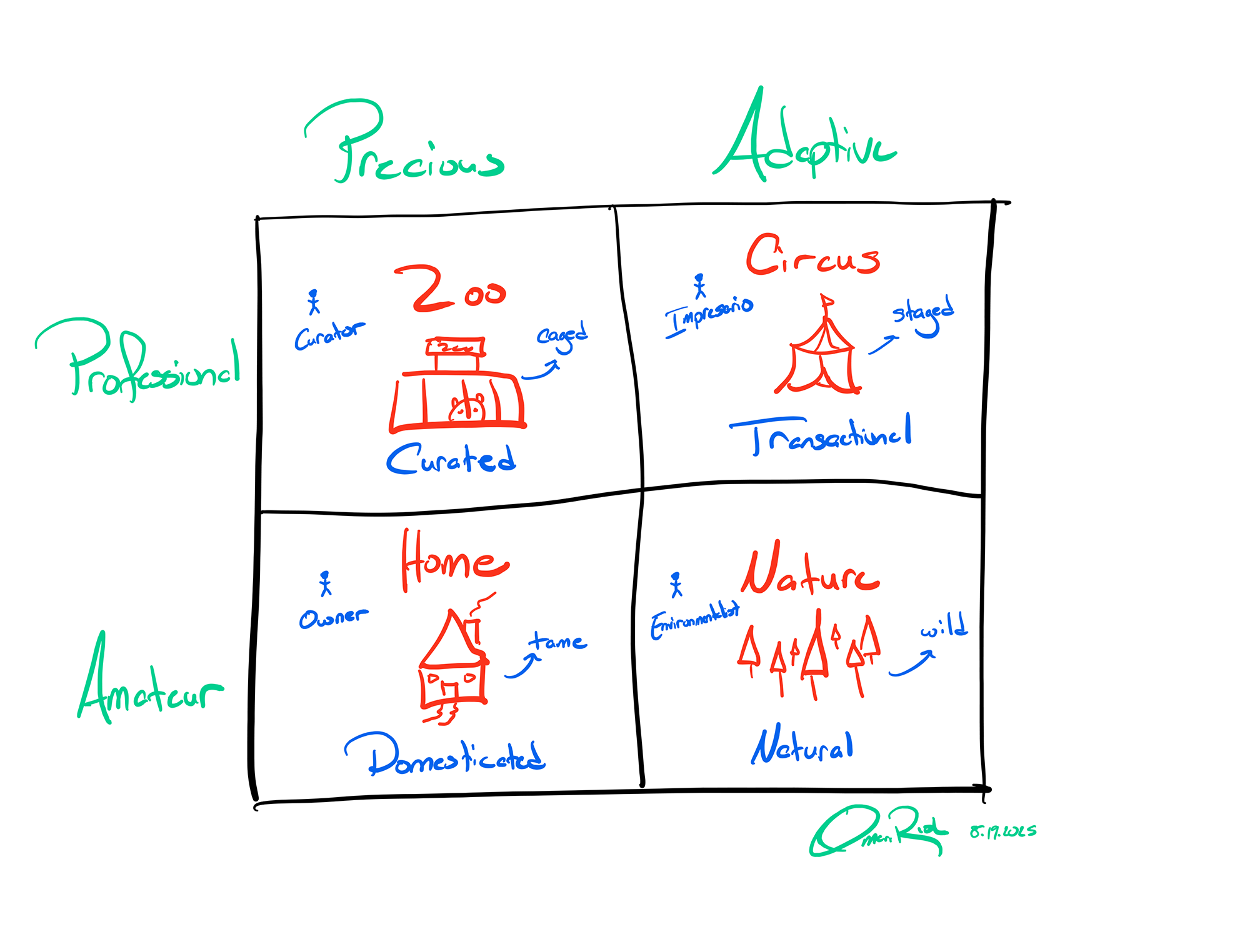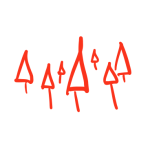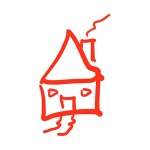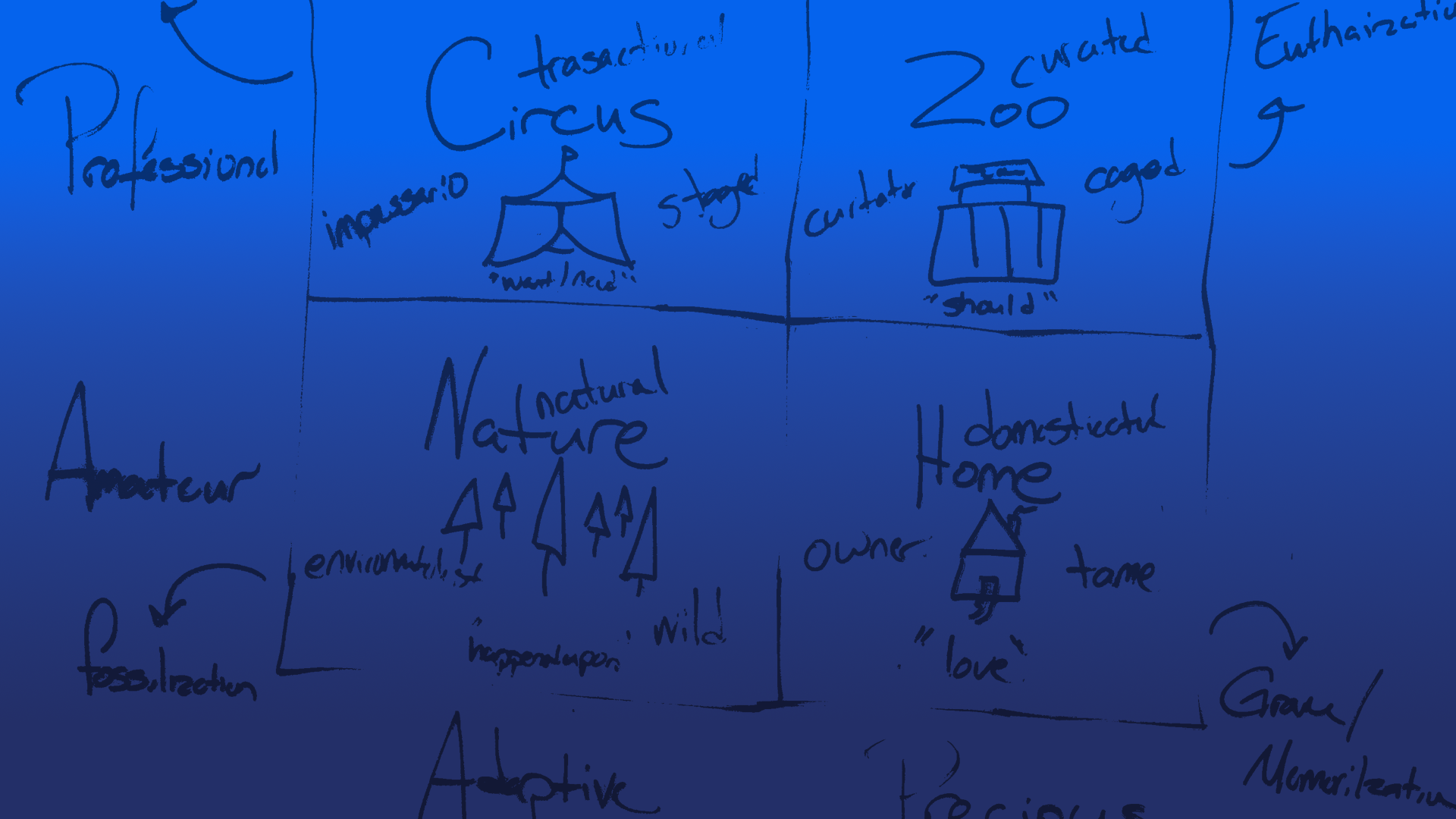CONTEXT
Creativity is fundamental to humanity, and when it is happening or has happened, we often label it as “the arts” without much specificity—in part because a “you know it when you see it” judgement has been sufficient.
Even within that definitional ambiguity, labels and roles of the arts have gotten more confused and complicated lately as cultural and economic structures of US society have continued to evolve:
- For profit corporations are treated like humans and private equity insatiably seeks returns on investments—and in their power and influence, they see and position the arts primarily in economic terms: assets, commodities, investments, and goods.
- Moves to certify and professionalize many types of work have turned “artist” into a career label and proliferated standards-based training programs and work conditions.
- Nonprofit arts groups look and operate less and less like volunteer-led charities and more and more like businesses first seeking reliable revenue to maintain staff and operations.
- Time for arts learning and fun in schools is shrinking, while simultaneously youth expand their artistic interests well beyond typical (old-fashioned) arts offerings in those schools.
- Digital technology is disrupting conceptions of what art is and who can make art and is exposing Americans’ preferences for speed, consistency, and quality as less frequently aligning with human-made art products.
- In a time of abundance—including almost unlimited access to information and entertainment through libraries, internet connections, and mobile devices—attention spans are shortening and demands for dopamine hits (notably via novel art) are increasing exponentially.
Those circumstances and others have created an urgent need for more tools to navigate contemporary art environments:
To help us think better and respond to the question, what’s happening?,
To get grounded in practicality and spot roadmaps to progress, and
To appreciate and navigate the complexity of shifting, interconnected systems.
FRAMEWORK
My ideas about a thinking tool in the arts began to congeal into the Art Environments Framework during the third edition (2025) of CultureSource’s annual Ideas Summit—in particular during a breakout with Jamie Bennett. The summit, hosted in New York by CultureSource in partnership with the Doris Duke Foundation, brings together twenty-five “thinky” people in and adjacent to the arts for dialogues that interrogate paradoxes, blur lines, and challenge assumptions, all while resisting cravings for answers and solutions. From CultureSource’s base of operations in Detroit, we turn summit ideas into tactics and practical strategy as we work on the ground, day-to-day, alongside local leaders and artists trying to make a living in and through the arts.
As a tool, the Art Environments Framework makes more nuances of arts activity visible and subsequently more manageable. It uses animal habitat metaphors to explore, for instance, where art happens, who does art, and what constrains or enables art. The four art environments are Nature, Circus, Zoo, and Home. They span professional spaces dominated by focuses on vocation and reliable delivery to amateur spaces dominated by focuses on avocation and freedom. They also span characterizations of being adaptive and constantly changing to precious and constantly controlled.
Now, when I encounter a gnarly arts idea, I situate it in an environment and then am supported in sense-making by defining it within that environment as well as against the other environments. The more I learn about the literal environments of Nature, Circuses, Zoos, and Homes, the longer time I get to spend in slow, metaphor-immersed wrestling with the complexity of contemporary arts work.
ART ENVIRONMENTS FRAMEWORK

Nature (Natural)
Within Nature are natural spaces where activity is wild and unregulated. The environment demands comfort with change and uncertainty, birth and death, comings and goings, sometime rapid and unexpected, but nevertheless likely given the open conditions. The evolutions of life in nature spurred by the need for survival increase the likelihood of being surprised (by presence or absence). The environment is at its healthiest when either its space is unpolluted or when human control or intervention is minimized. Environmentalists steward and advocate for this ideal state of nature and can see beauty in the tensions of its dynamics.
Circus (Transactional)
The Circus is a transactional space where whatever has value is most salient, though only for however long that value is perceived and manifested through an exchange of capital. Impresarios identify, promote, and facilitate the exchange, and they are calibrated to sensing shifts in taste and are willing to hold onto something as long as it is meeting a want or need of an audience. Circus activity benefits from being staged and having a visible platform for engagement—the more accessible, the more possibilities for transactions. The most toxic Circus is exploitative and characterized by unsustainable inflation or extraction.
Zoo (Curated)
Zoos are curated spaces of high control, protection, and regulation. Those orientations drive preservation and conservation efforts that make the elements of other environments—those deemed important—accessible well beyond their natural life and often accessible within a cage. A curator identifies what gets collected, at their best using learned or long-life experiences to judge what has cultural resonance, what is important long term, or what “should” be experienced. Wealthy people also have the self-appointed power to collect and preserve, but like an unskilled or undisciplined curator, can create an imbalanced collection that has harmful ripples in and outside of the Zoo.
Home (Domesticated)
Homes are the domain of their owners, and as a domesticated space, what exists there is perpetually in a state of being tamed. Owner investments in life-long learning offer pathways to maximum domestication of what is loved and cherished. Activity in Homes is about comfort and care—in whatever way is most fulfilling to and within the capacity of the owner; however, limited capacity for care in Homes leads to heartbreaking waste felt personally. Additionally, owners must guard against their intrinsic motivations for care becoming extrinsic, which shifts the domesticated space to one of transactional labor.
APPLICATION
These metaphors, while not one hundred percent accurate—metaphors never are—offer large sense-making containers that reveal the vast and diverse spaces that the arts inhabit. This view of the arts is especially helpful in both the private spaces of Homes and the wilderness of Nature. Brief sense-making examples:
- Some art makers create work in Nature and experience heartbreak from misguided and unrealistic expectations of protection and payment there.
- Some art makers create work in a Circus and have shorter careers (fewer transactions) than they imagined—”one hit wonders”—because high demands for novelty or innovations in production quickly eroded the value of their work.
- Some art makers create work they know a Zoo will desire, but struggle with placement given the inherent scarcity of these curated and philanthropic spaces.
- Some art makers create work joyfully in a Home, but the personal and societal values of this activity are not well leveraged, largely because they are invisible and not aiming to be monetized.
More than offering answers across the varied spaces of arts work, these art environments invite extended probing of ideas:
Zoo Questions
What benefits might come if less effort were spent on nonprofit or artist capacity-building and more effort were spent skill-building with arts philanthropists and curators around what they collect, the rippling positive and negative impacts of their patronage, and their general professionalism? What more is there to understand about expert “collectors” of social impact arts work and the necessary control they exert in the act of defining their collection? What better guidance exists for philanthropists to respectfully and responsibly end support of nonprofit arts work when that cessation effectively eliminates that arts work—including mission impacts and employee positions? What painful tensions might be released by naming and accepting the characteristic limits of space and lack of abundance in the arts social impact sector?
Circus Questions
How might we increase a culture of permission and personal capacity for chasing audience demand, in particular through a nomadic artistic life? How might we confidently label and resource specific geographies as ideal investment zones for certain arts activities without other places feeling or being perceived a deficient? As tastes change more rapidly, how might adaptation be central to the professional education of artists aspiring to have careers in transactional marketplaces and how might the broader arts workforce hold more jobs for taste managers, futurists, or influencers? What more systems might we put in place to limit the tradeoffs between having access to a large audience and giving up intellectual property? What more systems might allow arts work to be protected for artist benefit even before it has transactional value, for instance after having gone viral?
Nature Questions
For arts sector stakeholders who work at the ecosystem scale, what monitoring tools could exist to signal that their well-intentioned intervention is actually creating damage or vulnerability? When investing in interconnected arts ecosystem activity, what demonstrates a concrete return on investment and how might expectations about timelines for returns be (better) calibrated? What are examples of non-arts infrastructure that nurtures or boosts creativity in a geographic community? Who is well positioned to create roadmaps (regulations, best practices, how-tos) that increase communities’ tolerance and embrace of spontaneous public art happenings, avoiding knee-jerk reactions of policing? What societal capacities do we have an opportunity to develop related to the wild unpredictability of free expression in arts?

Home Questions
How might we create new systems to measure and report on the ways Americans are living day-to-day in private as amateur artists? How might we articulate the benefit to community or individual health of living artful lives? And if the benefit is non-monetary, how might we incentivize additional investment in artful living? As tools for making more polished art work become more accessible, how might we manage the pressures or aspirations of professionalization that can overwhelm and ruin joyful amateur arts spaces? How might community members understand the responsibilities, vulnerabilities, and exit strategies of owning an arts facility when control is spread across the entire voting population or across a city council? How might we quantify and meet the demand for adult arts learning experiences?

DIMENSIONS CHART
The chart below highlights distinct characteristics of the each Art Environment, providing entry points for assessment, interrogation, and probing of ideas related to the arts.
| Art Environments | ||||
| Nature | Circus | Zoo | Home | |
| Dimensions | ||||
| Type of Space | Natural | Transactional | Curated | Domesticated |
| Type of Activity | Wild | Staged | Caged | Tamed |
| Steward | Environmentalist | Impresario | Curator | Owner |
| Signature Characteristic | Emergence / New Possibilities | Exploitation | Preservation / Conservation | Comfort / Care |
| Stream of Influence | Upstream | Upstream (Reliable), Midstream (Accessible) | Downstream | Upstream (Fetish), Downstream (Personalized) |
| Death | Fossilization | Sanctuary | Euthanasia | Grave (Memorialization) |
| Life | Short (Survival) | Short (Dopamine Hits) | Long (Many Generations) | Long (One Generation) |
| Appeal | Discovery/ Sustainability | Masses | Cultural Resonance | Personal Interest |
| Helpful to Environment | Clean Infrastructure | Accessible Platform | Protection | Basic Needs |
| What’s Being Assessed | Conditions for Bio Diversity | Revenue Potential | Societal Value | Personal Fulfilment |
| Supporters | Everyone Contributes | Ticket Buyers | Donors / Patrons | Individual Effort |
| Regulation | Unregulated | Regulation Against Exploitation | Public Benefit Regulated | Unregulated (Guidance Only) |
| Pay | Scavenge | Market Pay | Low Pay / Subsidized | No Pay |
NEXT
This introduction of the Art Environments Framework is a beginning. My expectation is that its format, boundaries, and articulation will evolve—hopefully toward greater usefulness and in service of all of the environments we inhabit as humans being filled with the arts.
I remain open to influence and will continue to rework and refine this framework. Please let me know what you think: wrush@culturesource.org.


